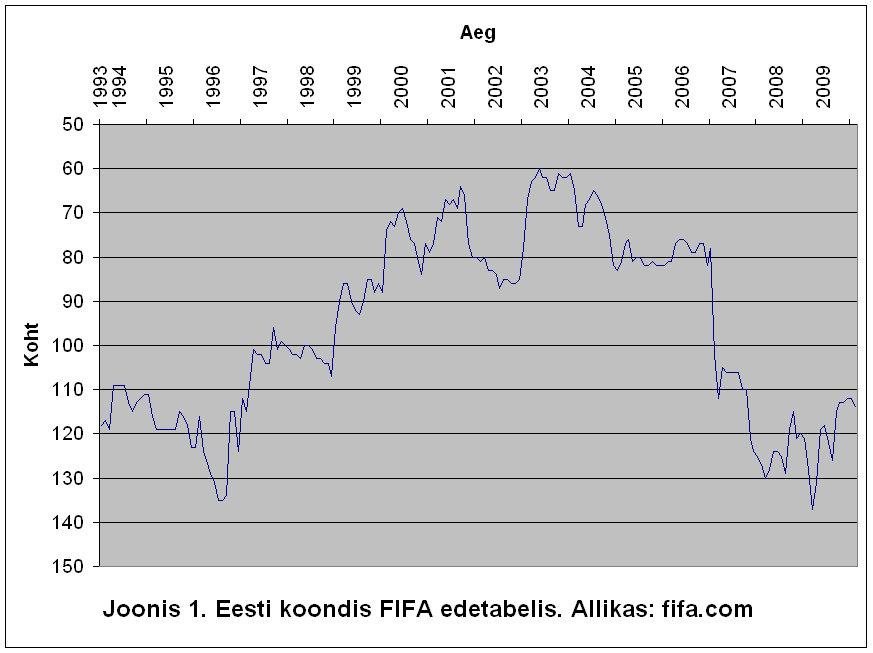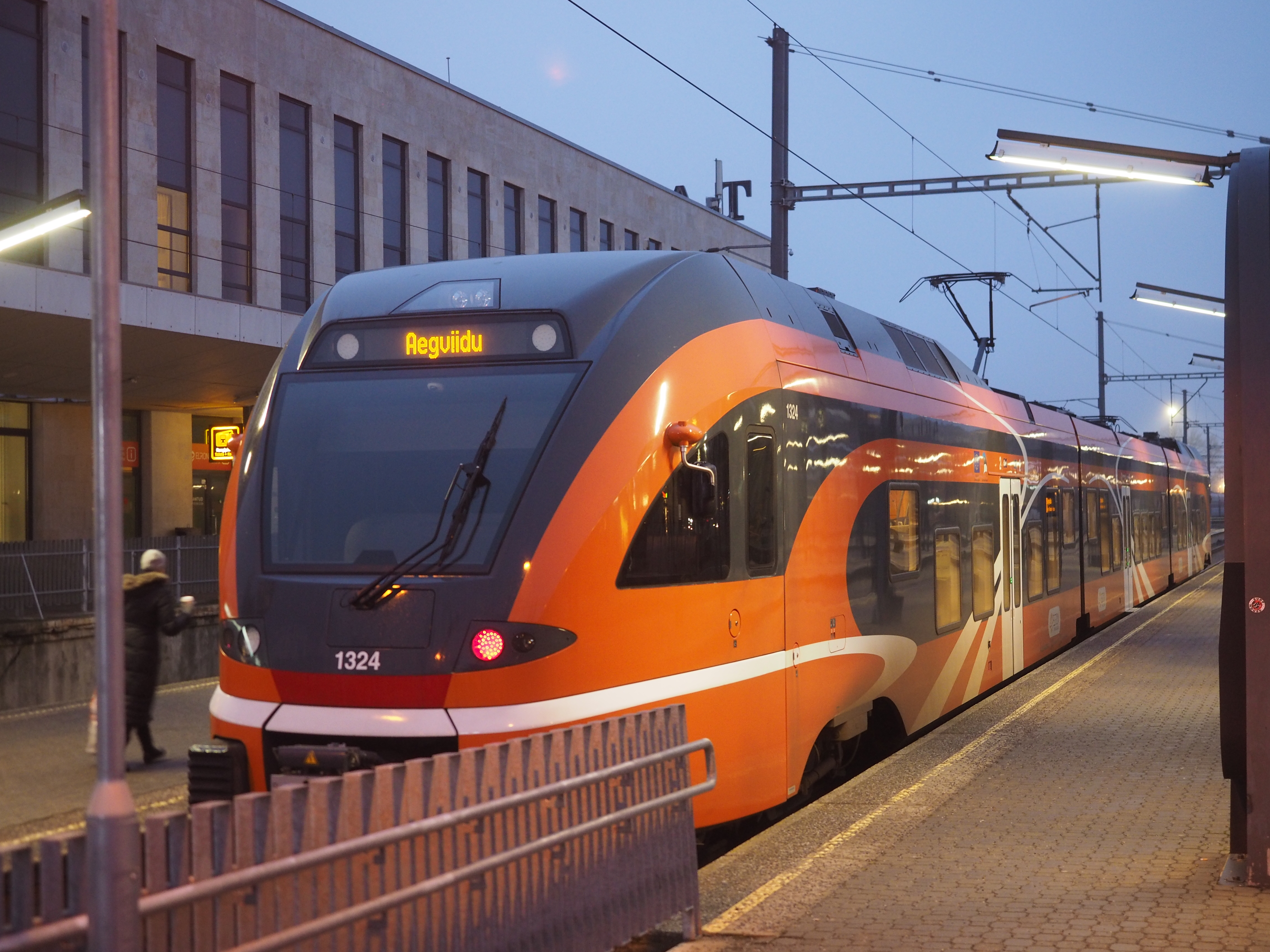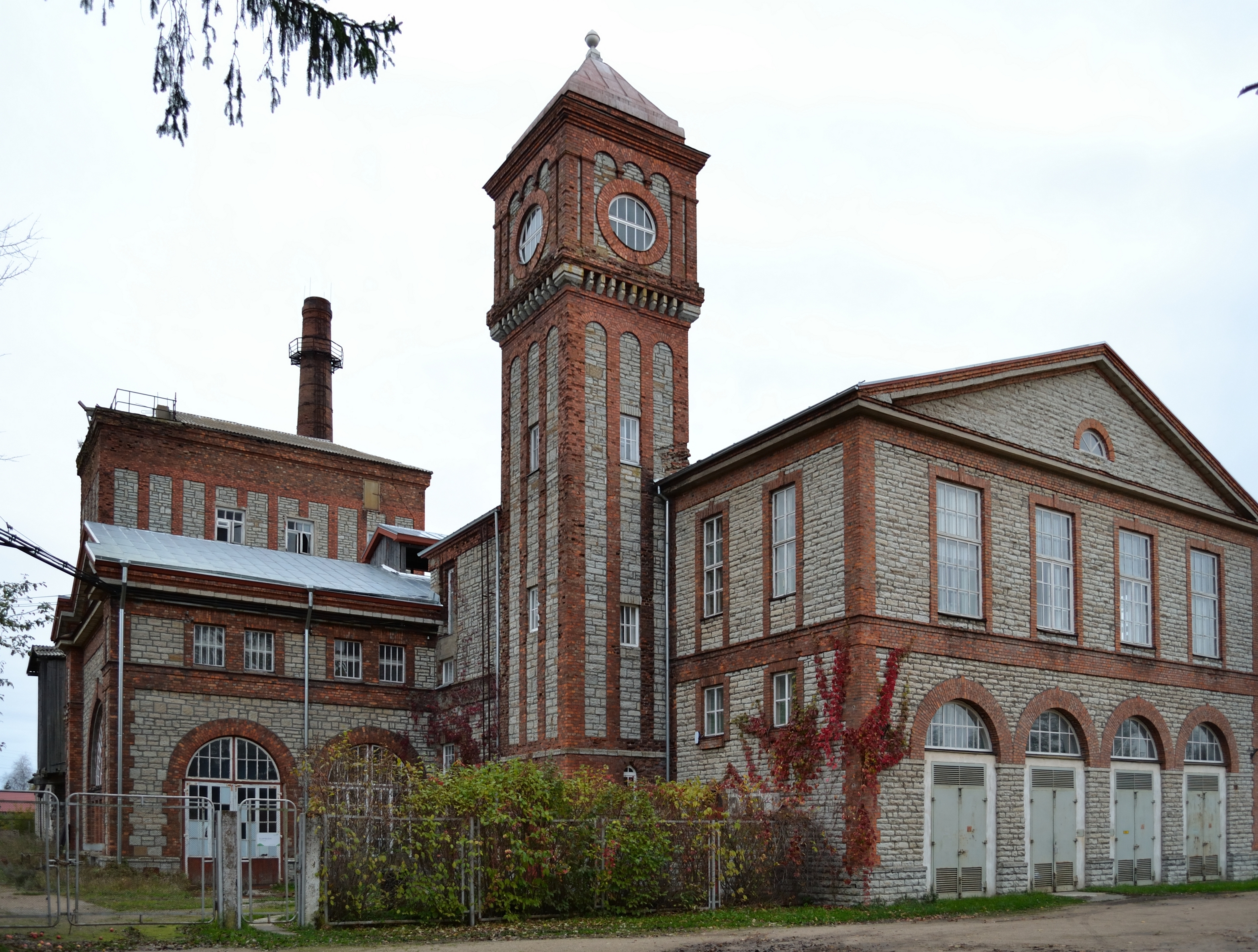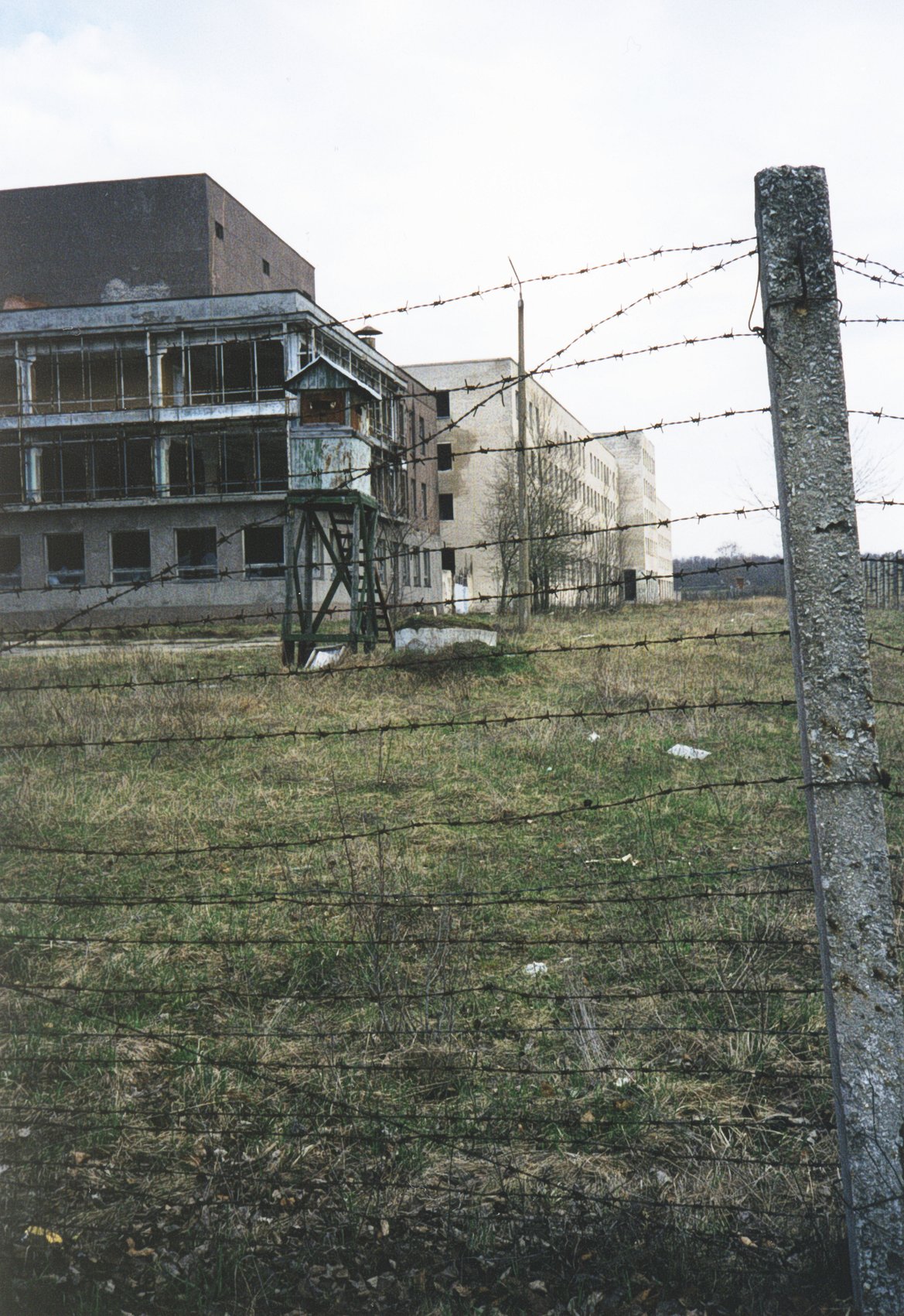|
Kitseküla
Kitseküla (Estonian language, Estonian for ''"Goat Village"'') is a subdistrict () of the district of Kesklinn, Tallinn, Kesklinn (Midtown) in Tallinn, the capital of Estonia. It has a population of 4,053 (). Kitseküla is situated between two railway corridors so there are several stations surrounding it: "Tallinn-Väike" on the Tallinn–Pärnu/Viljandi line; "Lilleküla railway station, Lilleküla", "Tondi railway station, Tondi" and "Järve railway station, Järve" on Tallinn–Paldiski/Turba, Estonia, Turba line and "Kitseküla railway station, Kitseküla" on Tallinn–Aegviidu line. All these stations are served by Elron (rail transit), Elron trains. Lilleküla Stadium, the home ground of the Estonia national football team and FC Flora football club, is located in the northwestern corner of Kitseküla, between the diverging railway lines. Gallery File:Tallinn-Väike 11Mar2009 1.jpg, Tallinn-Väike train station File:Tondi trammi- ja elektrirongipeatus.jpg, Tondi railway ... [...More Info...] [...Related Items...] OR: [Wikipedia] [Google] [Baidu] |
Kitseküla Railway Station
Kitseküla railway station ( et, Kitseküla raudteepeatus) is a railway station in the Kitseküla sub-district of Tallinn, the capital city of Estonia. It is located in Kesklinn, Tallinn, central Tallinn, where the Tallinn–Narva railway crosses the road ''Pärnu maantee'', and close to the East Tallinn Central Hospital and the Lilleküla Stadium. The station opened on 10 November 2008. Kitseküla railway station is served by Express trains from Tallinn Baltic Station which stop at Kitseküla on their way to Tartu and Narva, as well as Commuter rail, commuter trains to stations on the line to Aegviidu. All trains are operated by the national passenger train, passenger train operating company, Elron (rail transit), Elron. References External links Official websiteof Eesti Raudtee (EVR) – the national railway infrastructure manager, railway infrastructure company of Estonia responsible for most of the Rail transport in Estonia, Estonian railway network Official website ... [...More Info...] [...Related Items...] OR: [Wikipedia] [Google] [Baidu] |
Tondi Railway Station
Tondi railway station ( et, Tondi raudteepeatus) is a railway station in Tallinn, the capital of Estonia. It is located on the border of Tondi and Kitseküla subdistricts. It is the third station on Elron's western route, located between and stations. It is situated beside the level crossing of Tondi street, and is one of two places in Tallinn where the commuter train and tram stations are conjoined (the other is the terminus Balti jaam). The station is served by all commuter trains heading to Keila, Paldiski, Riisipere and Kloogaranna. It consists of two 167 metre platforms. Although the Tallinn–Paldiski railway existed already in 1870, a station on the site was opened in 1933. The line from Tallinn to back then a nearby town Nõmme (as far as Pääsküla) was electrified already in 1924. In 1933 the tram line was drawn out to the new station building and a depot was built. The station building was closed to the public in 1998 and remained in very bad condition. In 2006 i ... [...More Info...] [...Related Items...] OR: [Wikipedia] [Google] [Baidu] |
Kesklinn, Tallinn
Kesklinn (Estonian language, Estonian for ''"City centre"'') is one of the 8 administrative districts ( et, linnaosa) of Tallinn, the capital of Estonia. It is situated on the Tallinn Bay and bordered to the northwest by the district of Põhja-Tallinn, to the west by Kristiine, to the southwest by Nõmme, to the east by Lasnamäe and Pirita, and to the south by Rae Parish, beyond Lake Ülemiste. The island of Aegna, located in the Tallinn Bay, also falls within this administrative district. Kesklinn has an area of and a population of 57,731 (); population density is . It is home to Tallinn's World Heritage Site, UNESCO-listed Old Town. Here sits the Tallinn Passenger Port and port-related business centres, including a new complex of high-rise buildings on Liivalaia Street, as well as Tartu Road and Maakri Street. Most of the city's public and cultural venues are located in Kesklinn. These include the Toompea Castle, parliament building (Toompea Castle), City Government, The Eston ... [...More Info...] [...Related Items...] OR: [Wikipedia] [Google] [Baidu] |
Lilleküla Stadium
The Lilleküla Stadium (known as A. Le Coq Arena for sponsorship reasons) is a football stadium in Tallinn, Estonia. It is the home ground of football club Flora and the Estonia national football team. With a capacity of 14,336, it is the largest football stadium in Estonia. History In July 1998, FC Flora football club submitted a planning application to Tallinn City Council, requesting permission to build a new stadium on wasteland between railway lines in Kitseküla, close to the border with neighbouring Lilleküla. Receiving the council's approval, Flora signed a 99-year lease on the estate and construction began in October 2000. The stadium was designed by Haldo Oravas. The stadium was officially opened 2 June 2001, with a 2002 FIFA World Cup qualification match between Estonia and the Netherlands. The match saw Estonia's Andres Oper become the first player to score at the new stadium when he scored in the 65th minute, with the full-time result being a 4–2 victory for the ... [...More Info...] [...Related Items...] OR: [Wikipedia] [Google] [Baidu] |
FC Flora Tallinn
FC Flora, commonly known as Flora Tallinn, or simply as Flora, is a professional football club based in Tallinn, Estonia, that competes in the Meistriliiga, the top flight of Estonian football. The club's home ground is Lilleküla Stadium. Formed in 1990, Flora were founding members of the Meistriliiga, and is one of two clubs which have never been relegated from the Estonian top division, along with Narva Trans. Flora is the first and only Estonian club to play in any full UEFA club competition, having competed in the 2021–22 UEFA Europa Conference League. Flora have won more trophies than any other club in Estonian football, with 33 titles; a record 14 Meistriliiga titles, eight Estonian Cups and a record 11 Estonian Supercups. History Early history (1990–2000) Flora was founded on 10 March 1990 by Aivar Pohlak as an effort to revive Estonian football during the dissolution of the Soviet Union. The team was mainly based on players from Lõvid youth team. Flora finishe ... [...More Info...] [...Related Items...] OR: [Wikipedia] [Google] [Baidu] |
FC Flora
FC Flora, commonly known as Flora Tallinn, or simply as Flora, is a professional football club based in Tallinn, Estonia, that competes in the Meistriliiga, the top flight of Estonian football. The club's home ground is Lilleküla Stadium. Formed in 1990, Flora were founding members of the Meistriliiga, and is one of two clubs which have never been relegated from the Estonian top division, along with Narva Trans. Flora is the first and only Estonian club to play in any full UEFA club competition, having competed in the 2021–22 UEFA Europa Conference League. Flora have won more trophies than any other club in Estonian football, with 33 titles; a record 14 Meistriliiga titles, eight Estonian Cups and a record 11 Estonian Supercups. History Early history (1990–2000) Flora was founded on 10 March 1990 by Aivar Pohlak as an effort to revive Estonian football during the dissolution of the Soviet Union. The team was mainly based on players from Lõvid youth team. Flora finished ... [...More Info...] [...Related Items...] OR: [Wikipedia] [Google] [Baidu] |
Estonia National Football Team
The Estonia national football team ( et, Eesti jalgpallikoondis) represents Estonia in international football matches and is controlled by the Estonian Football Association, the governing body for football in Estonia. Estonia's home ground is Lilleküla Stadium in Tallinn. Estonia's first match was held against Finland in 1920, being a 6–0 defeat. The team participated in the 1924 Olympic Games tournament, their only participation. In 1940, Estonia was occupied by the Soviet Union and did not regain independence (and the possibility of a national football team) until 1991. Estonia's first FIFA recognised match as an independent nation after the break-up of the Soviet Union, was against Slovenia on 3 June 1992, a 1–1 draw in the Estonian capital city of Tallinn. Estonia has never qualified for the FIFA World Cup or UEFA European Championship. The team has however reached the UEFA Euro 2012 qualifying play-offs, by finishing second in their qualifying group, before being dr ... [...More Info...] [...Related Items...] OR: [Wikipedia] [Google] [Baidu] |
Elron (rail Transit)
AS Eesti Liinirongid, operating as Elron, is a government-owned passenger train operator in Estonia. The company was founded as a subsidiary of Eesti Raudtee in 1998, and separated shortly thereafter. Prior to 2014, the company operated exclusively the electrified commuter rail system in Harjumaa, and was known until October 2013 as ''Elektriraudtee'', i.e. "the Electrical Railway". On 1 January 2014 Elron took over all domestic passenger train services in Estonia from Edelaraudtee. Network Inter-city rail Elron operates inter-city trains from Tallinn's Balti jaam on several lines: Tallinn– Tartu– Valga (connecting to Pasažieru vilciens trains to Riga), Tallinn–Tartu– Koidula, Tallinn–Narva, and Tallinn–Viljandi. Services on the Tallinn–Pärnu route ended in December 2018. The line required substantial upgrading and it was not felt worthwhile spending the money required for this around 8 years before Rail Baltica is due to provide much faster service to Pärn ... [...More Info...] [...Related Items...] OR: [Wikipedia] [Google] [Baidu] |
Aegviidu
Aegviidu is a borough ( et, alev) in Anija Parish, Harju County. The borough has a population of 706 (as of 1 January 2017) and covers an area of . The population density is . Aegviidu is located in the crossing of the Tallinn–Saint Petersburg railway and (the historical Tallinn–Tartu road) in the boggy Kõrvemaa landscape region. The Aegviidu railway station is served by the Elron's Tallinn–Tartu and Tallinn–Narva lines, and is also used as the terminus of Tallinn–Aegviidu electric commuter trains. Aegviidu TV Mast (107 m) is located in the borough. History Aegviidu was first mentioned as ''Aegwid'' in 1796 on Livonian map, drawn by count Ludwig August Mellin. In the 18th century Aegviidu was the location of Lehtse Manor's cattle and hunting manor named ''Charlottenhof''. In 1820 the baron of Lehtse Manor established a coaching inn to serve the mail coaches on the Piibe Road, which was back then the main road connecting the cities Tallinn and Tartu. The buildin ... [...More Info...] [...Related Items...] OR: [Wikipedia] [Google] [Baidu] |
Turba, Estonia
Turba is a small borough ( et, alevik) in Saue Parish, Harju County, Estonia. Prior to the administrative reform of Estonian local governments in March 2017, Turba belonged to Nissi Parish. As of 2011 Census, the settlement's population was 927. In 2019, the population was found to have risen to 964. Science journalist and humorist Tiit Kändler Tiit Kändler (born on 4 October 1948 Turba, Harju County) is an Estonian humorist, publicist and science journalist. From 1967 to 1972 he studied physics at University of Tartu. He has been the editor for several publications, e.g. ''Maaleht'' ... was born in Turba. Turba railway station re-opened on 8 December 2019 after being closed to passenger services since September 1995. [...More Info...] [...Related Items...] OR: [Wikipedia] [Google] [Baidu] |
Paldiski
Paldiski is a town and Baltic Sea port situated on the Pakri Peninsula of northwestern Estonia. Since 2017, it's the administrative centre of Lääne-Harju Parish of Harju County. Previously a village of Estonia-Swedes known by the historical name ''Rågervik'', it was extended into a Russian naval base in the 18th century. The Russian authorities renamed it ''Балтийский Порт'' ("Baltiyskiy Port", i.e., Baltic Port, german: Baltisch-Port) in 1762. In written Estonian, the name was spelled ''Baltiski'' until 1933, when the phonetically spelled version ''Paldiski'' became official. History Swedish Empire Paldiski was founded as a fishing village by Estonian Swedes with the name Rågervik. Russian Empire Peter the Great chose the location in 1715 for a naval base, and construction started in 1716. It was meant to be a sea fortress and in 1790, during the Russo-Swedish War, it was conquered by the Swedes through trickery, when a Swedish warship sailing un ... [...More Info...] [...Related Items...] OR: [Wikipedia] [Google] [Baidu] |
Järve Railway Station
Järve railway station ( et, Järve raudteepeatus) is a railway station in the Kristiine, Kristiine district of Tallinn, Estonia. The station serves the Järve, Tallinn, Järve sub-district which has approximately 3000 residents. The station is located approximately south from the Tallinn Baltic Station, Baltic station ( et, Balti jaam) which is the main railway station of Tallinn, near the Baltic Sea. Järve station is located between the and railway stations of the Tallinn-Keila railway line. The station was opened in 1923, and the station building was completed in 1926. There are two platforms along the two-track railway, both 150 meters long. History Although the Tallinn-Paldiski railway opened already in 1870, a station on this site was not opened before 1923. The station building was completed in 1926. Ticket sale was terminated in the station building in 1998. Operations Elron (rail transit), Elron's electric trains from Tallinn to Keila, , Turba, Estonia, Turba ... [...More Info...] [...Related Items...] OR: [Wikipedia] [Google] [Baidu] |





